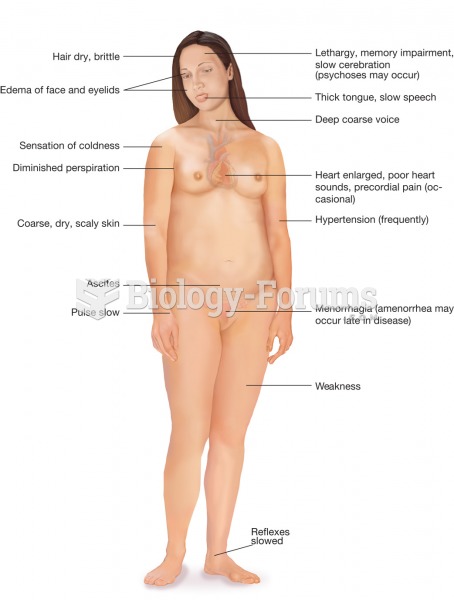Answer to Question 1
Correct Answer: 1,2,4
Rationale 1: Signs of opioid withdrawal include abdominal cramps and pain.
Rationale 2: The pupils will be dilated during opioid withdrawal, but will appear pinpoint when the client is using opioids.
Rationale 3: The pupils will be dilated during opioid withdrawal, but will appear pinpoint when the client is using opioids.
Rationale 4: Signs of opioid withdrawal include diaphoresis.
Rationale 5: The blood pressure will be elevated during opioid withdrawal but will be decreased when the client is using opioids.
Global Rationale: Signs of opioid withdrawal include abdominal cramp, pain, pupil dilation, and diaphoresis. Pupils will appear pinpoint when the client is using opioids, not during withdrawal. The blood pressure will be elevated during opioid withdrawal but will be decreased when the client is using opioids.
Answer to Question 2
Correct Answer: 3
Rationale 1: Distraction techniques would be a good adjunct to pain medication, but should not replace it.
Rationale 2: Calling the health care provider for an order for an oral medication is inappropriate on the first postop day.
Rationale 3: The response to pain varies among individuals; a client is not an addict just because she does not look like she is in pain. Pain is subjective; the client should be believed.
Rationale 4: Holding a pain medication the first postop day is inappropriate, since not all clients express pain in the same manner.
Global Rationale: The response to pain varies among individuals; a client is not an addict just because she does not look like she is in pain. Pain is subjective; the client should be believed. Distraction techniques would be a good adjunct to pain medication, but should not replace it. Calling the health care provider for an order for an oral medication is inappropriate on the first postop day. Holding a pain medication the first postop day is inappropriate, since not all clients express pain in the same manner.







